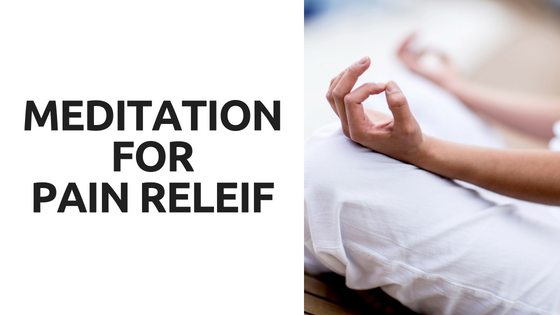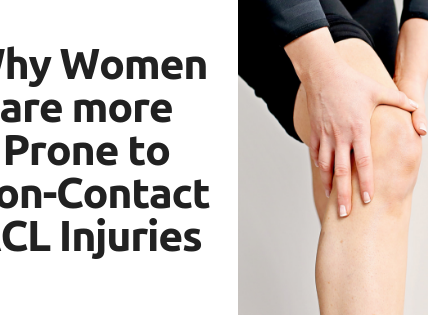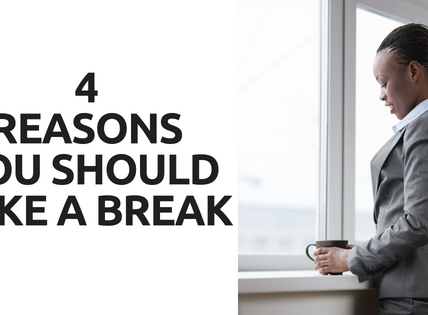As an Amazon Associate, I earn from qualifying purchases.

While massage can do wonders for many types of pain, self-care is just as important, and meditation has been proven time and again to be one of the most effective forms of self-care to treat pain. In fact, just like massage therapy, studies have shown meditation to work better than pain killers specifically for low back pain.
Some people may scoff at the idea that you can just think away your pain, but that’s not what you’re doing with meditation at all. While some people prefer a visualization based meditation, many find it even more helpful to not to ignore the pain, but rather to focus so intently on specific sensations of the body that the brain can begin to recognize pain sensations differently.
Pain is a very complex subject, with much research and debate currently going on in the medical field; but what we do know is that a large amount of what we perceive as pain may be due to wiring within the brain more so than a physical cause. Nerve signals can sometimes be misinterpreted by the brain, giving different or exaggerated sensations than are physically relatable. An obvious example of this is Complex Regional Pain Syndrome (formerly known as Reflex Sympathetic Dystrophy), but many forms of pain may have a minor form of this same misinterpretation. Obviously, this isn’t to say that the pain you’re feeling isn’t real, but that sometimes the brain makes it seem far worse than the injury or condition really is from a purely physical standpoint.
4 Reasons you should take a break(Opens in a new browser tab)
Don’t worry; you don’t need to spend an hour deep breathing and visualizing to feel the positive effects of meditation. You have to do what works for you, and even just 5-10 minutes a day can help.
Here’s a basic walkthrough to get you started…
STEP #1: Find a quiet place you can sit or lie down comfortably. Don’t force yourself to sit in a lotus position or in any other way that’s painful. The entire point is to relax and feel the minor sensations you often aren’t conscious of, not to focus on how uncomfortable your leg/butt/back feel because you’re sitting in a way that you think you’re “supposed” to.
STEP #2: Close your eyes and take deep, slow breaths. Don’t make it forceful, but be sure you’re breathing all the way down, until you feel your stomach push out. This is what’s called diaphragmatic breathing, meaning you’re engaging the diaphragm, which calms the nervous system. Focus on these breaths and the full sensation as you take in the breath and release it.
STEP #3: Starting with the top of your head and slowly moving down, focus on each and every sensation you’re feeling. Recognize how your hair may pull at the scalp, if your forehead is tense, feel the air flow in through your nose, sense any tension in your jaw. Work your way down all the way through the body, pausing to focus on each area; especially those that feel tense or painful and devote your entire attention to calming that sensation and relaxing as much as possible.
If you find that this body scan and focused attention isn’t lessening your pain or is even making it worse, try instead focusing on a mantra or visualization. You may focus on naming each thing you’re grateful for with every inhale and exhale. You may repeat a mantra, such as “I change my thoughts, I change my world” (Norman Vincent Peale), or “Every day in every way I’m getting better and better” (Laura Silva). Some people choose to focus on a visualization; so imagine yourself sitting on a beach, on the front porch of a cabin in the woods, or anywhere else you would find immense peace. Visualize everything, down to the smallest detail and stay there for a while enjoying it.
STEP #4: Now it’s time to come back to focus on the whole body sensation. Do your legs feel heavy? Are you feeling relaxed? Do you find it easier to perform that deep diaphragmatic breathing than when you started? Recognize even the smallest improvements and changes within your body.
STEP #5: Slowly bring yourself back to the present and begin to recognize your surroundings. Keep your eyes closed, but take in any noises you hear and anything else around you. Begin to move your fingers and toes, stretch if you want to, and slowly open your eyes.
Pain, Injury, & Imaging(Opens in a new browser tab)
Remember, this is only a basic guide. There is no right or wrong way to meditate. Regardless of whether you spend 5 minutes or an hour meditating, the key is to fully immerse yourself in it every time, and practice consistently. For you, that may be an hour every day or even just 2 or 3 minutes on your lunch break and another 2 or 3 minutes as you lay down in the evening. However you decide to meditate, getting started and being consistent is what makes the biggest difference in your pain.
If meditation isn’t helping and you are looking to book a massage, give us a call at 325.646.4272 or book online here.





1 COMMENTS
Comments are closed.